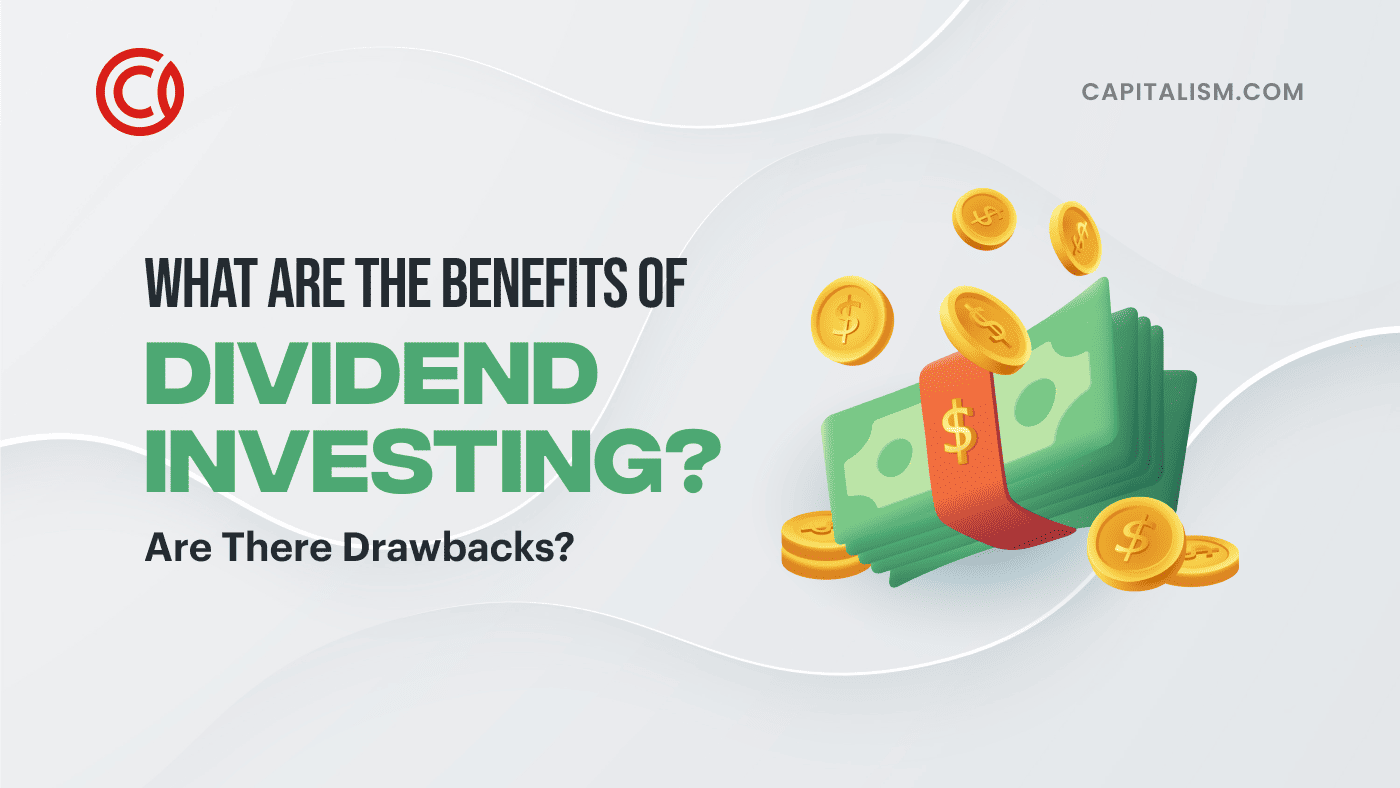Unlocking Profitable Dividend Investing: A Simple Approach

Table of Contents
Understanding Dividend Investing Fundamentals
What are Dividends?
Dividends are payments made by companies to their shareholders from their profits. These payments represent a share of the company's earnings, distributed proportionally to the number of shares owned. Understanding different types of dividends is crucial for effective dividend investing.
- Regular Dividends: These are consistent payments made on a regular schedule (quarterly, semi-annually, or annually), often reflecting the company's stable profitability.
- Special Dividends: These are one-time, larger-than-usual payments, often made when a company has excess cash or completes a significant event like asset sale.
- Stock Dividends: Instead of cash, companies may issue additional shares of stock as dividends. This increases the number of shares you own but doesn't directly generate cash income.
It's important to be aware of the tax implications of dividend income. Dividends are generally taxed as ordinary income, although the specific tax rates can vary depending on your location and income bracket. Consult a tax professional for personalized advice.
The Power of Compounding with Dividends
Dividend reinvestment plans (DRIPs) allow you to automatically reinvest your dividend payments into purchasing more shares of the same company. This powerful strategy leverages the concept of compounding, where your earnings generate more earnings over time.
- Example: Let's say you invest $10,000 and receive a 5% dividend yield annually. If you reinvest these dividends, your investment grows faster than if you simply received the cash. Over time, this snowball effect significantly amplifies your returns. Online calculators can easily illustrate this effect over various time horizons.
The long-term growth potential of reinvesting dividends is substantial. By consistently reinvesting, you exponentially increase your holdings and benefit from both price appreciation and dividend growth.
Selecting Profitable Dividend Stocks
Evaluating Dividend Payout Ratios
The dividend payout ratio is a crucial metric in dividend investing. It represents the percentage of a company's earnings that are paid out as dividends.
- Calculation: Payout Ratio = (Dividends per Share) / (Earnings per Share)
A lower payout ratio generally indicates a company has more resources for reinvestment and future growth. While there's no universally "ideal" payout ratio, a sustainable and consistent ratio is more important than a high percentage. High payout ratios might signal financial instability.
Analyzing Dividend Growth History
A consistent track record of dividend growth demonstrates a company's commitment to returning value to shareholders and financial stability.
- Researching Dividend History: You can find dividend history data on financial websites like Yahoo Finance, Google Finance, and company investor relations pages. Look for companies with a history of increasing dividends year over year.
Assessing Financial Strength and Stability
Choosing financially sound companies is paramount. Several key financial ratios can help assess a company's strength and stability.
- Debt-to-Equity Ratio: This ratio indicates a company's leverage. A lower ratio signifies less reliance on debt and greater financial stability.
- Competitive Advantage: Analyze the company's competitive landscape, considering factors like brand strength, market share, and intellectual property. Companies with strong competitive advantages are more likely to maintain consistent profitability and dividend payments.
Building a Diversified Dividend Portfolio
The Importance of Diversification
Diversification is critical to mitigate risk in dividend investing. By spreading your investments across various sectors, market caps (large-cap, mid-cap, small-cap), and geographies, you reduce the impact of any single company's underperformance.
Dollar-Cost Averaging (DCA) Strategy
Dollar-cost averaging (DCA) involves investing a fixed amount of money at regular intervals, regardless of market fluctuations. This strategy helps mitigate the risk of investing a lump sum at a market peak.
- Benefits of DCA: DCA smooths out the volatility of market timing and reduces the chance of significant losses.
Managing Your Dividend Investments
Monitoring Your Portfolio Regularly
Regular portfolio monitoring is essential to assess your investment performance, identify potential issues, and adjust your strategy as needed.
- Portfolio Tracking Tools: Numerous online platforms and software applications facilitate portfolio tracking, providing insights into your holdings' performance and overall portfolio health.
Staying updated on market trends and company-specific news is crucial to make informed investment decisions.
Rebalancing Your Portfolio Periodically
Periodically rebalancing your portfolio ensures your asset allocation remains aligned with your investment goals and risk tolerance.
- Rebalancing Strategies: Various rebalancing strategies exist, ranging from annual rebalancing to more frequent adjustments. Choose a strategy that fits your investment style and comfort level.
Conclusion
Unlocking profitable dividend investing requires a well-defined strategy combining fundamental analysis, diversification, and consistent monitoring. By understanding dividend fundamentals, selecting high-quality dividend stocks, and building a diversified portfolio, you can generate a steady stream of passive income and build long-term wealth. Start your journey towards profitable dividend investing today! Begin researching dividend stocks that align with your risk tolerance and financial goals. Remember, consistent effort and informed decision-making are key to successful dividend investing.

Featured Posts
-
 New York Knicks Thibodeau Reacts To 37 Point Defeat A Lack Of Resolve
May 11, 2025
New York Knicks Thibodeau Reacts To 37 Point Defeat A Lack Of Resolve
May 11, 2025 -
 Usmnt Weekend Roundup Hajis Hat Trick Heroics
May 11, 2025
Usmnt Weekend Roundup Hajis Hat Trick Heroics
May 11, 2025 -
 Oscars 2025 Adam Sandlers Cameo Hilarious Outfit And Timothee Chalamet Hug
May 11, 2025
Oscars 2025 Adam Sandlers Cameo Hilarious Outfit And Timothee Chalamet Hug
May 11, 2025 -
 Prince Andrew Accuser Suspicious Circumstances Following Fatal Car Crash
May 11, 2025
Prince Andrew Accuser Suspicious Circumstances Following Fatal Car Crash
May 11, 2025 -
 Open Ais Chat Gpt Under Ftc Scrutiny A Deep Dive Into The Investigation
May 11, 2025
Open Ais Chat Gpt Under Ftc Scrutiny A Deep Dive Into The Investigation
May 11, 2025
